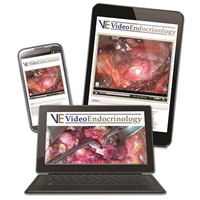Abstract
The present work focused on the effects of different reagents on the remediation of arsenic and chromium co-contaminated soil by electrokinetic technology coupled with permeable reactive barrier (EK-PRB). In a running of EK-PRB, reductant (ascorbic acid, sodium citrate) and chelating agent (EDTA-2Na) were used to pretreat contaminated soil together with CaAl-LDH as reactive materials for PRB. As a result, the chelating agent improved the removals of As and Cr in co-contaminated soil. However, the reducing agent only increased As removal. When 0.05 M sodium citrate was used in pretreatment, the As removal attained the maximum of 50.5%, although Cr removal was only 44.1% at the same time. When the contaminated soil was pretreated with 0.01 M EDTA-2Na, the Cr removal increased to 54.28%, although As removal was only 26.3%. After EK-PRB, the As and Cr were efficiently captured by CaAl-LDH, resulting in maximal fixed amounts of 126.5 mg/kg (As) and 1507.6 mg/kg (Cr). The XRD and FITR analyses of LDH indicated that As was mainly adsorbed on the surface of LDH. As for Cr, it was mainly intercalated into interlayer of LDH.
https://ift.tt/2Q6zpnU
